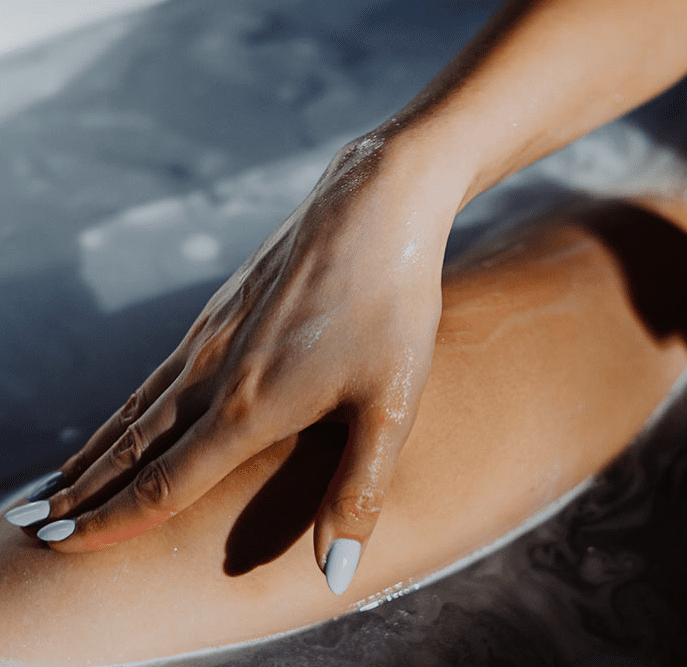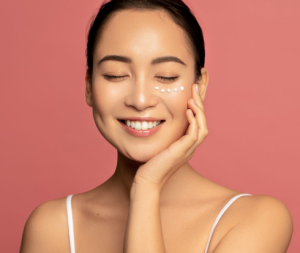Take a moment to closely examine your fingernails. Are they portraying a picture of robust health, or do you notice ridges, dents, or peculiar discolorations? Proper care for your fingernails is crucial to prevent various nail conditions and ensure they remain healthy. This guide will delve into the natural characteristics of fingernails, common issues that may arise, and essential tips for maintaining optimal nail health.
Understanding Fingernails: What’s Natural and What’s Not
Your fingernails, composed of laminated layers of the protein keratin, originate from the cuticle and the base of the nail. Healthy fingernails exhibit a flat surface, devoid of grooves or pits, with consistent colour and texture. While innocent vertical ridges may naturally occur with age, other abnormalities may indicate underlying problems that require attention.
Natural Characteristics
Fingernails possess inherent traits that reflect their overall health and condition. Understanding these natural characteristics is essential for recognizing any deviations that may signal underlying issues. Let’s delve deeper into the distinctive features of healthy fingernails:
- Flat Surface without Grooves or Pits: Healthy fingernails exhibit a smooth and even surface, devoid of any irregularities such as grooves or pits. This seamless texture indicates optimal nail health and integrity.
- Uniform Colour and Consistency: The colour and texture of fingernails should be consistent across the entire nail bed. Uniformity in coloration and texture suggests a balanced composition of keratin, the protein responsible for nail strength and resilience.
- Innocent Vertical Ridges that May Develop with Age: Innocent vertical ridges, which run from the cuticle to the tip of the nail, are a common occurrence, particularly as individuals age. These ridges are considered benign and typically do not indicate any underlying health concerns.
- White Lines or Patches Due to Trauma, Which Eventually Disappear: Fingernails may occasionally develop white lines or patches as a result of minor trauma or injury. These superficial blemishes are temporary and gradually fade away as the nail grows out, reflecting the remarkable regenerative capacity of the nail matrix.
Warning Signs
While many nail irregularities are harmless, certain changes may indicate underlying health issues that warrant prompt evaluation by a dermatologist or medical professional. It’s essential to remain vigilant and seek medical advice if you observe any of the following warning signs:
- Changes in Nail Colour: Pay attention to any alterations in nail colour, such as the appearance of a black stripe or overall discoloration. These changes can be indicative of underlying health conditions or nail disorders that require professional assessment and treatment.
- Alterations in Nail Shape: Be mindful of changes in the shape of your nails, such as curling or distortion. Curled nails, in particular, may be a sign of underlying conditions such as nail clubbing or respiratory disorders, necessitating medical intervention.
- Thinning or Thickening of Nails: Noticeable changes in the thickness or thinness of nails can signal various health issues, including fungal infections, psoriasis, or thyroid disorders. Consulting a medical professional can help identify the underlying cause and implement appropriate treatment measures.
- Nails Detaching from the Surrounding Skin: If you experience nails detaching or separating from the surrounding skin, it may indicate trauma, infection, or autoimmune conditions such as psoriasis or lupus. Seeking medical attention can aid in diagnosing the underlying cause and preventing further complications.
- Blood Around the Nails: The presence of blood around the nails, known as subungual hematoma, often results from injury or trauma to the nail bed. However, persistent or recurrent bleeding may indicate more serious underlying conditions, necessitating medical evaluation and management.
- Discomfort, Swelling, or Failure of Nails to Grow: Any discomfort, swelling, or failure of nails to grow should be promptly addressed by a medical professional. These symptoms may indicate infection, inflammation, or underlying systemic conditions requiring thorough assessment and treatment.
Fingernail Care: Do’s and Don’ts
Do’s for Healthy Fingernails:
- Keep Them Tidy and Dry:
Regularly clean and dry your fingernails to prevent bacteria growth. Wear rubber gloves with a cotton lining when exposed to water, cleaning, or using strong chemicals.
- Maintain Proper Hygiene:
Use sharp manicure scissors or clippers to trim nails straight across. Gently curl the tips of your nails for a polished look.
- Apply Lotion:
Massage Indrani Cuticle Cream into your fingernails and cuticles, in addition to your hands, to maintain moisture.
- Add a Layer of Protection:
Strengthen your nails by applying a nail hardener.
- Consult Your Physician about Biotin:
Consider consulting your doctor about incorporating biotin into your diet, as it may strengthen brittle or weak fingernails.
Don’ts to Avoid Nail Damage:
- Avoid Cuticle Picking and Nail Biting:
These habits can harm the nail bed and may introduce germs or fungi, leading to infections.
- Handle Hangnails Carefully:
Instead of tearing at hangnails, carefully remove them to prevent damage to live tissue.
- Use Gentle Nail Care Products:
Avoid harsh nail care items and use nail polish remover sparingly. Opt for acetone-free nail polish removers.
- Don’t Ignore Issues:
If you notice persistent nail issues or if they are accompanied by other symptoms, consult your doctor or dermatologist for a thorough evaluation.
Conclusion:
Maintaining healthy and beautiful nails involves a combination of proper hygiene practices, moisterization, and addressing issues promptly. Regular care not only enhances the aesthetic appeal of your nails but also serves as a reflection of your overall health. By following these do’s and don’ts, you can embark on a journey towards healthier, more resilient fingernails. Remember, your nails are not just a cosmetic accessory but an indicator of your well-being. Take the time to care for them, and they will thank you with strength and radiance.



